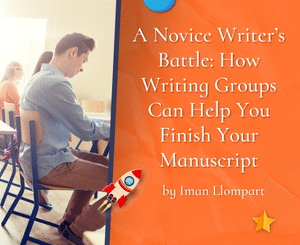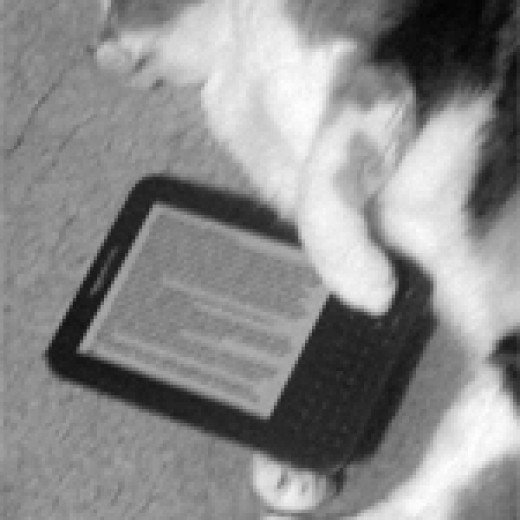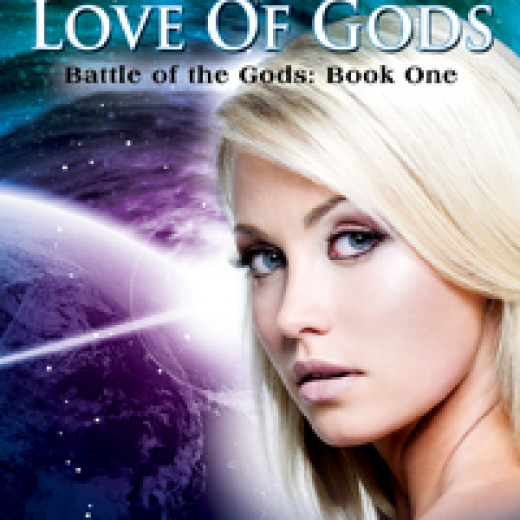CreateSpace vs. Lightning Source for Fiction Authors (Part 1)
In “CreateSpace vs. Lightning Source,” Ezra Barany compares Amazon’s CreateSpace and Ingram’s Lightning Source for their print-on-demand (POD) services. This is part 1 of 3 especially designed for fiction authors.
A lot of people think that choosing the right print-on-demand (POD) service is a challenge, when actually you can figure out which POD service to go with by answering just a few questions. Take a look at these three videos (parts 2 and 3 coming soon) and you will know which POD service is right for you.







When I started down the yellow brick road of self-publishing, I actually started with Lulu.com, mainly due to the recomendation of Wil Wheaton (a Star Trek: Next Generation actor). They offered low cost ISBN # and a very easy way to get going. The results were okay, though at the time, I was thrilled to get my work out in print. I then attended Book Expo America 2009 in New York City, where I networked with numerous self-published authors and folks from CreateSpace (CS). It was there that I discovered the numerous advantages to CS, though I continue to purchase my ISBN # through Lulu. I don’t know if there are any great advantage to owning my own ISBN #, but I take great pride in the knowledge that I own my own work. CS gives me great access to Amazon.com and B&N and the ease of the proccess and I have no complaints. Perhaps Lightning Source has some advantages, but I have yet to discover them.
Hi James,
Good for you for getting your own ISBN. What that does is it lists you as the publisher of your work (instead of CS or Lulu).
For people who took the free ISBN offered by CS or Lulu, it just means that customers will see in the “Product Details,” for example, “Publisher: CreateSpace.” For customers who scrutinize the book before buying (How many pages does it have? Is it a bestseller?) they may notice it and say to themselves, “CreateSpace? Oh. This is a self-published book.” And if they’re like me in that most of the self-published books I’ve seen have amateurish-looking layout and font-choices, the buyer may not like the idea of a self-published book.
It’s a bit like choosing a marketing firm whose email is jjjingleheimerschmidt@bestmarketers.com instead of another marketing firm whose email is jjjingleheimerschmidt@gmail.com. Having your own publisher name listed as the publisher looks more professional.
As you’ll see in the upcoming videos, CS is a much more affordable and simple way to get your books out there. The reason we go with Lightning Source (LSI) is because the reach is greater, the returns are better, and the quality is better. Something I don’t mention in my videos is how, with longterm sales, LSI comes out the winner.
I saw a video somewhere of a publisher comparing LSI, CS, and Lulu, and the points he presented were pretty much the same as mine. In the beginning, CS comes out ahead by a mile. But then he gave the example of selling a 300 page novel at $12.99, 100 copies a year for five years. The profits you make were something like $2400 with LSI, $1600 with CS, and actually you’d have to raise the price of your book with Lulu just to break even.
But if profits isn’t why the author publishes his book, or if the author only intends on releasing a few hundred copies of the book, then CS is a good way to go.
Actually, if the author only intends on releasing a few hundred copies, a regular book printer is the best way to go. Instead of a book costing you about $6 to $10 per book using print-on-demand services, book printers can make those couple hundred books for you at about $2 to $3 per book. And you get a much better quality book than CS.